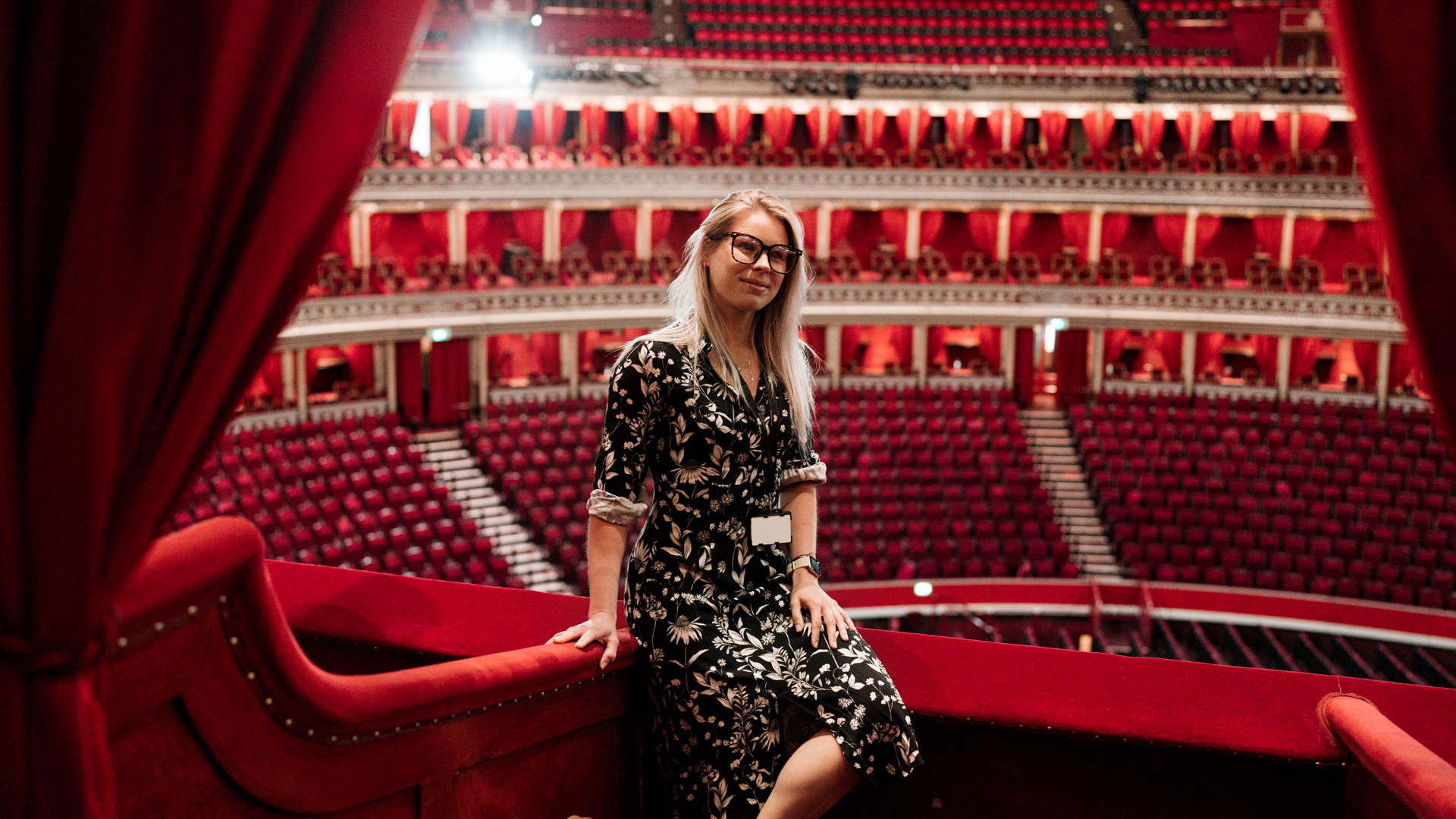
Photography by Lorna Milburn
“Everyone has a special memory of this building. Whenever I tell someone where I work, people will tell me about a brilliant concert they saw here,” says Royal Albert Hall project manager Alexandra Revell MRICS.
Revell began working at the Grade I listed, elliptical Victorian concert hall, one of London’s most distinctive and best-loved buildings, at the beginning of 2018. At that time, the 5,000-seat hall, which opened in 1871, was approaching its 150th anniversary, and preparations were underway to make sure that the venue was looking fresh for its big birthday.
But for performing arts venues worldwide, 2021 turned out to be a year that people working in the sector would prefer to forget. As the pandemic closed the doors of theatres and concert halls in March 2020, they fell into silent hibernation, hoping that their finances would hold out until audiences were allowed to return.
“It hardly even closed during the Second World War,” says Revell. “[During the pandemic] most of us were furloughed. The building itself was sad. It sounds strange, but someone said to me that it smelled different: tired, musty and unused.”
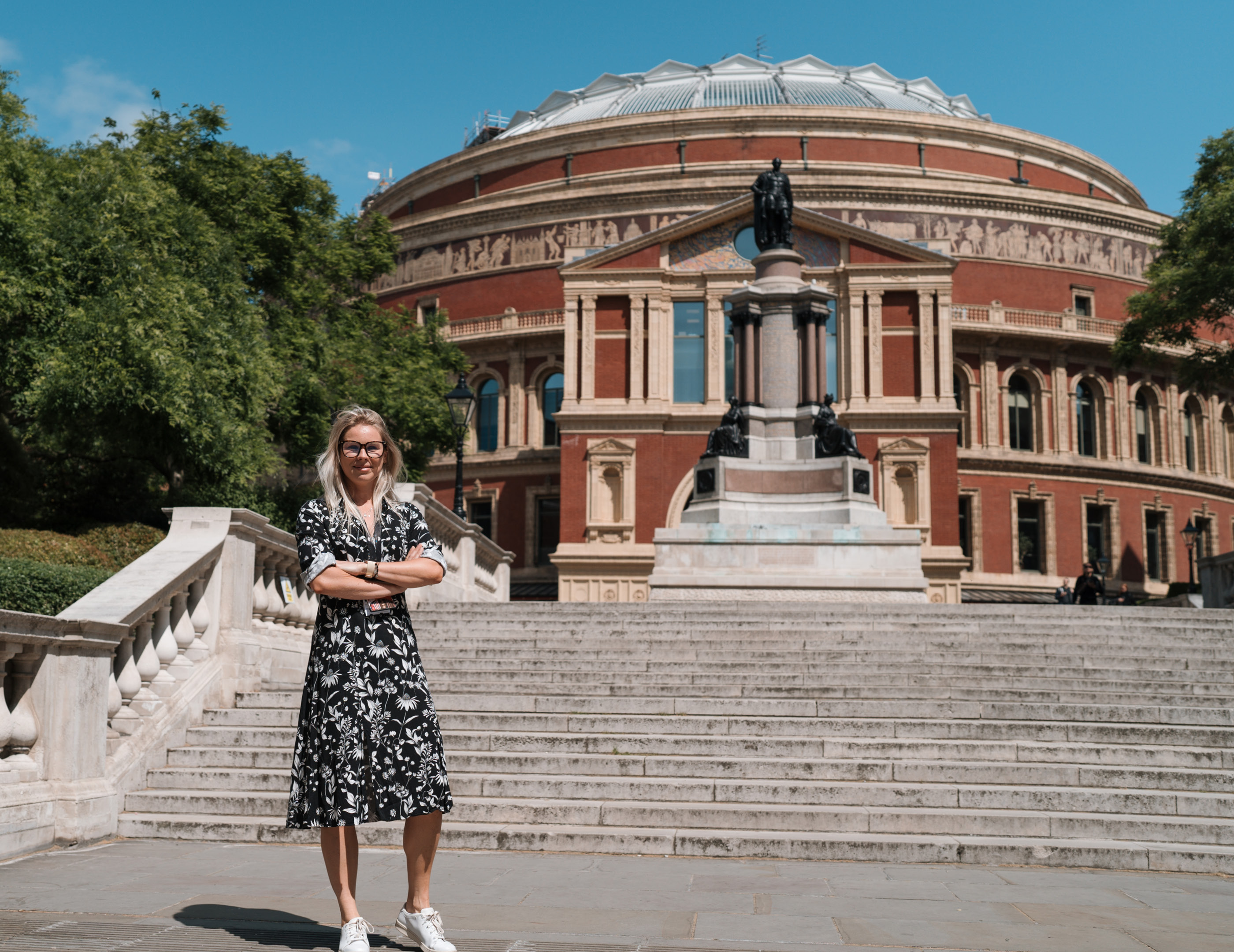
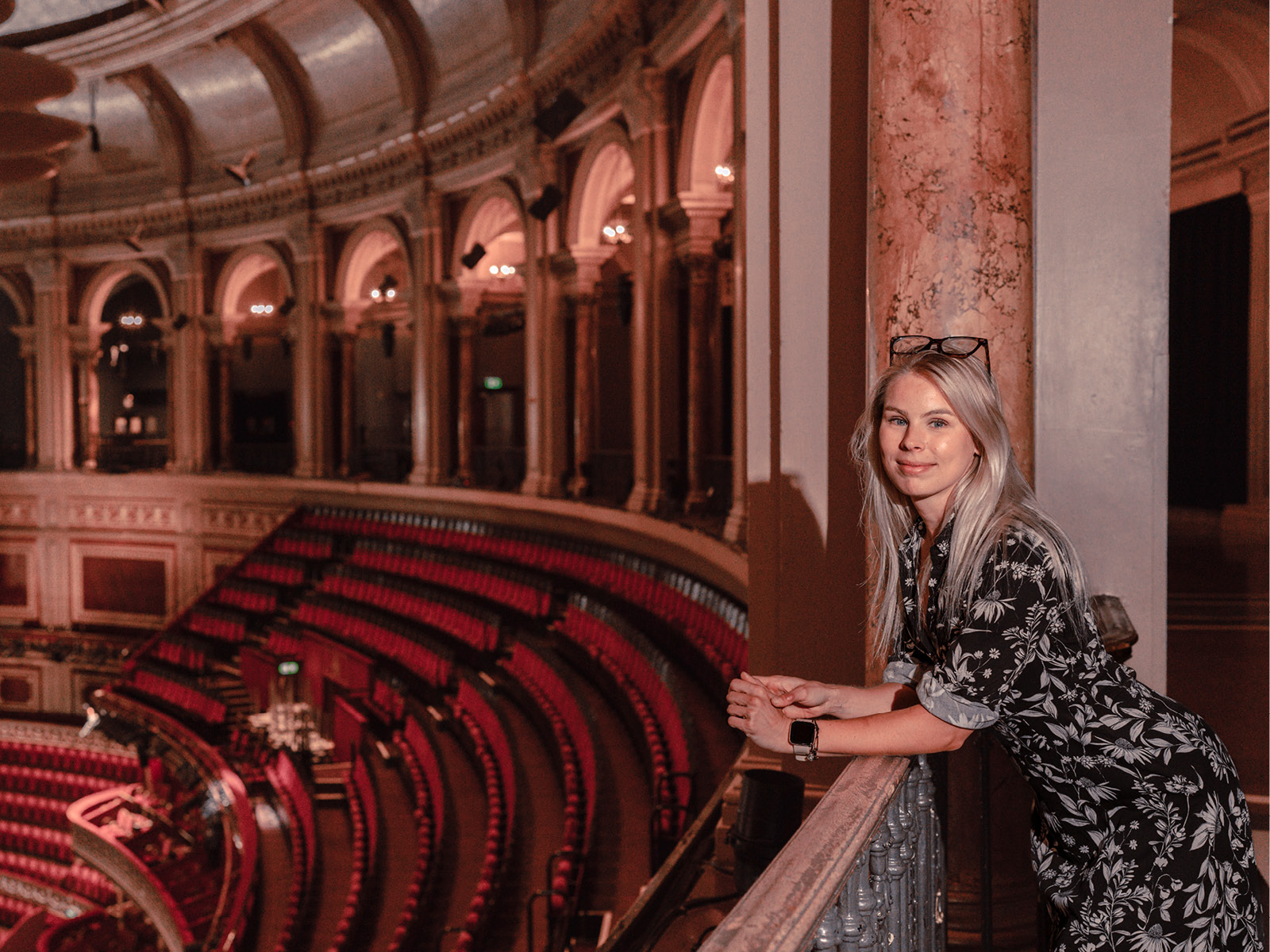
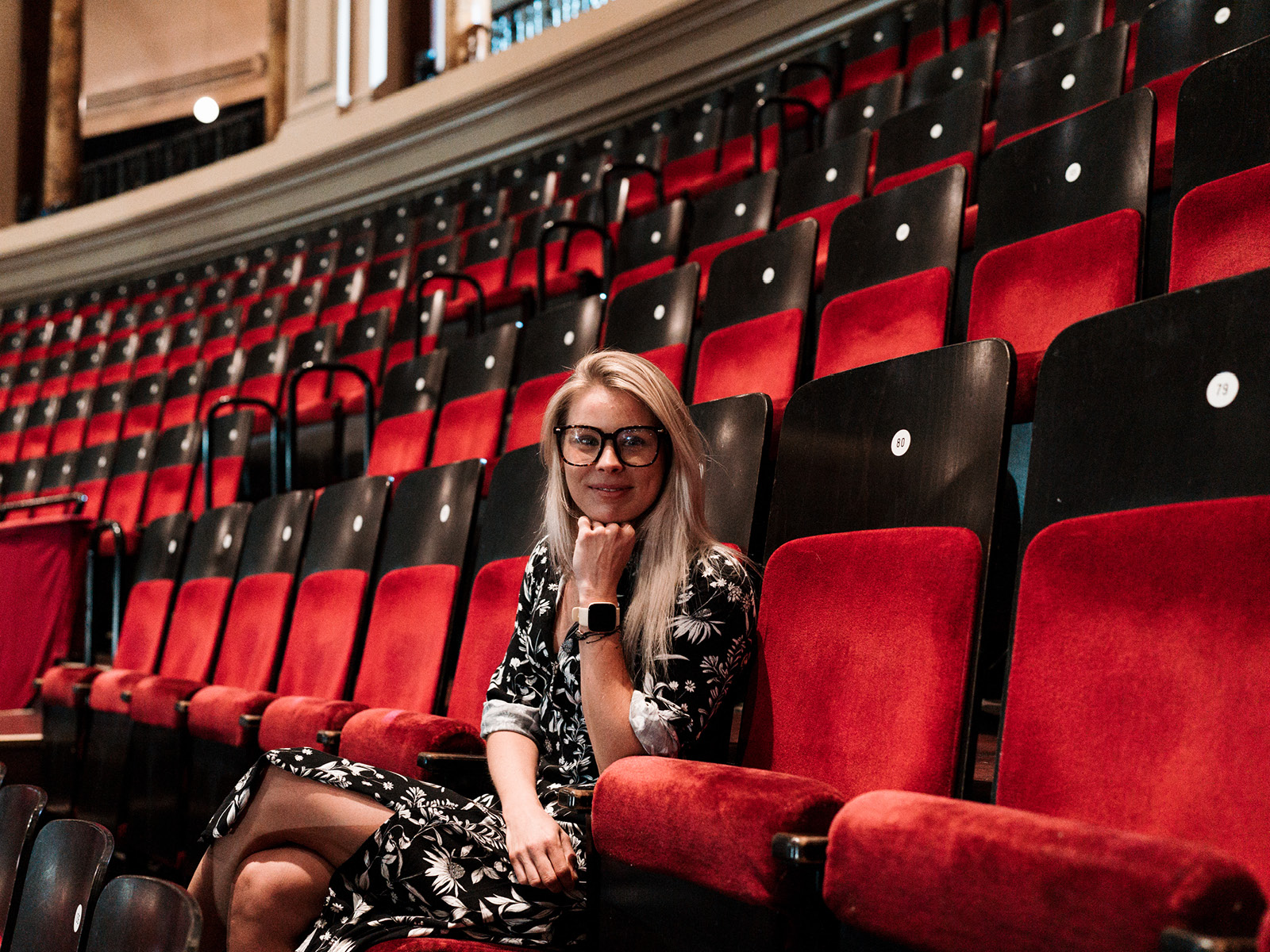
Millions of pounds’ worth of tickets had to be refunded. A £20m government loan helped the Royal Albert Hall (RAH), which is a charity and receives no recurrent state funding, to survive. However, it did so with depleted reserves. Several renovation and improvement projects had to be shelved or paused, and new priorities identified.
Those will be laid out in the RAH's ambitious estate plan, due to be finalised shortly, which will identify capital projects – front-of-house, back-of-house, and staff-related – for the next 10 years, laying out a proposed sequence together with how funds might be raised for each.
Embarking on the next phase of improvements is exciting, says Revell. “The hall has been here for 150 years and will hopefully be here for another 150. Even though a lot of my projects will only have a lifespan of 20 to 30 years it is wonderful being part of the history of such a significant building. I never want to leave. It’s such a cool place to be.”
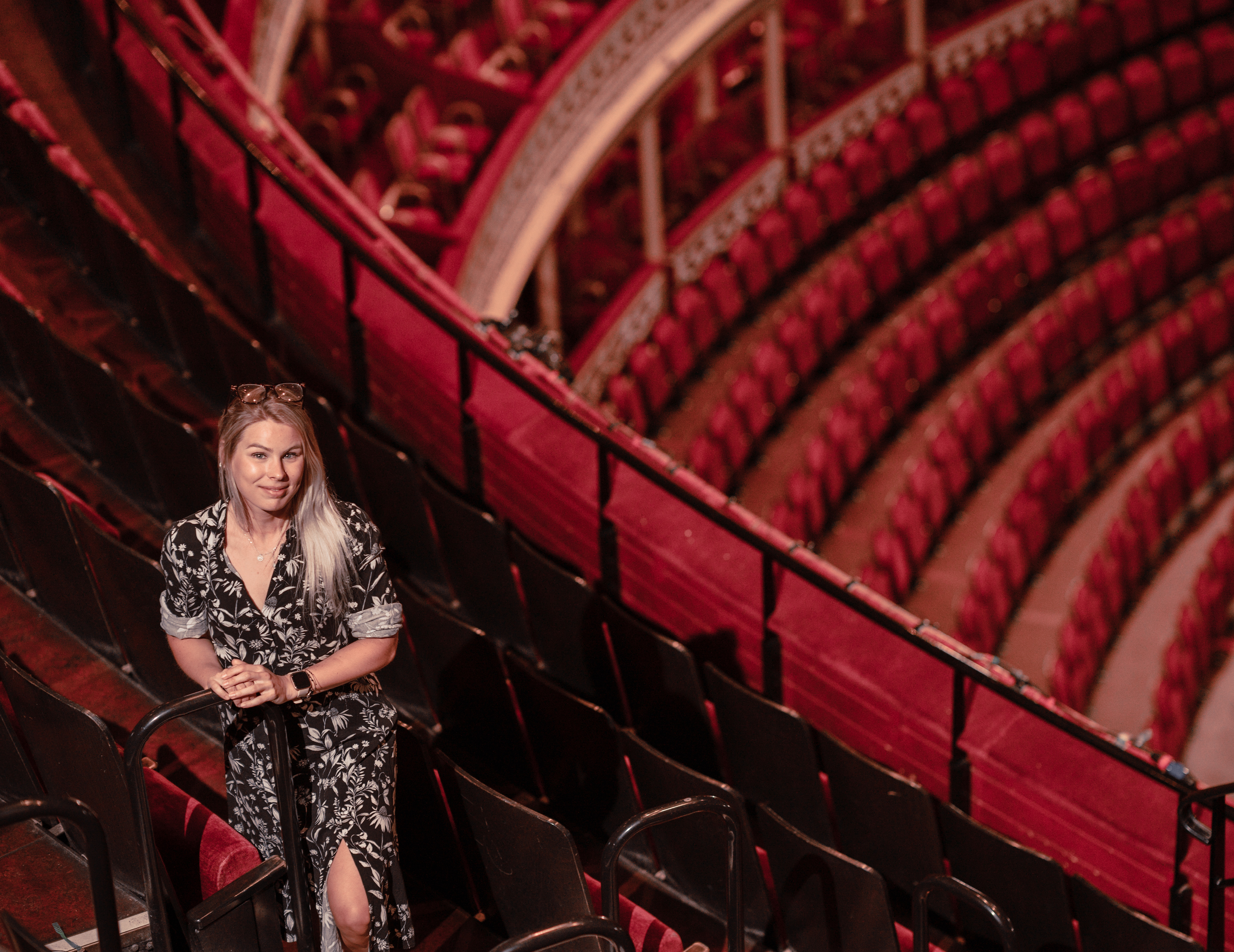
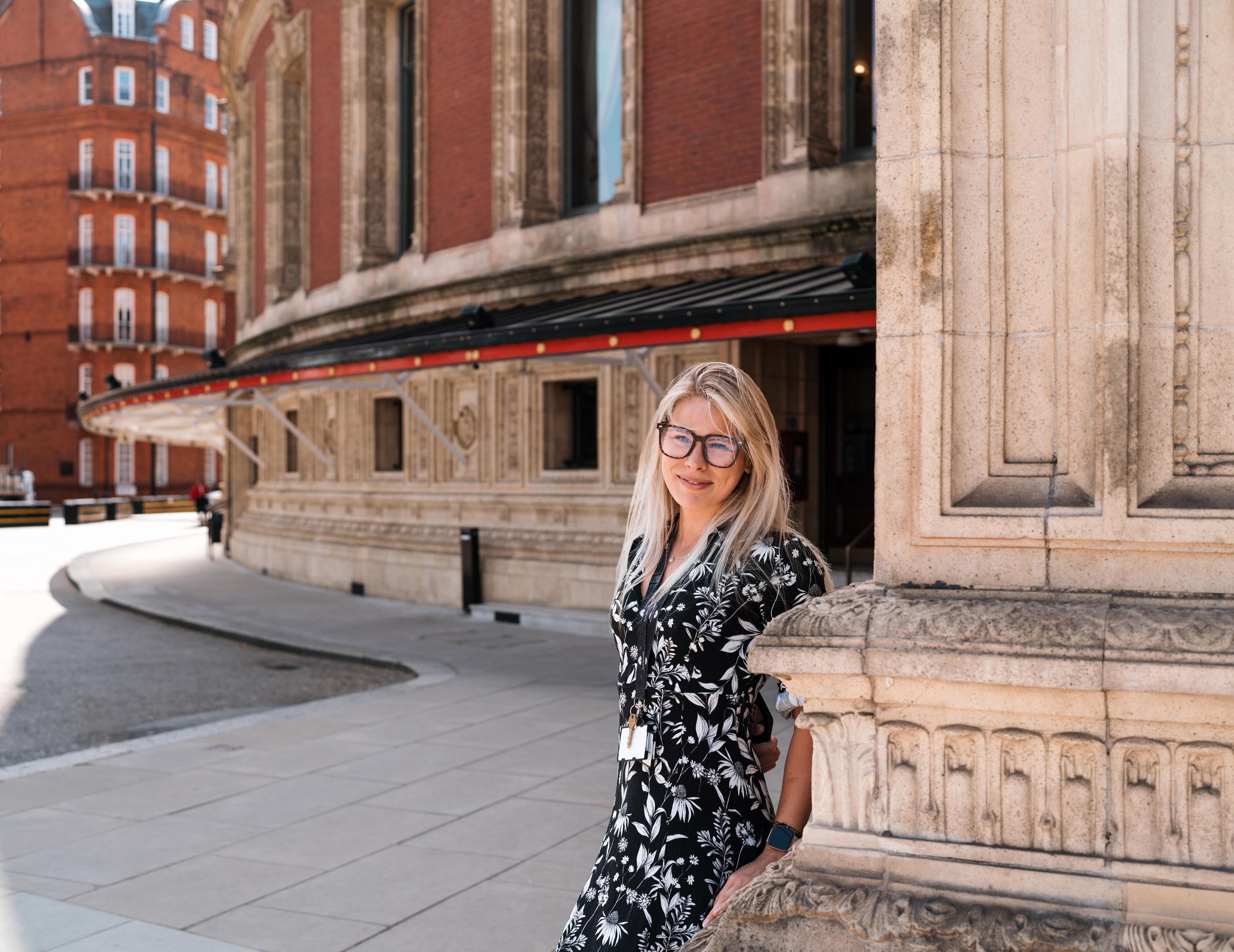
Revell’s route to her current position was an unconventional one. She graduated from Newcastle University with an undergraduate degree in Classics, then studied for an MA in Roman history at the University of Oxford, before beginning work as a teacher of Latin and Greek at a Windsor preparatory school. But while doing work experience over the summer for her property developer father’s firm in Surrey, she decided to embark on an altogether different career path.
“I had always found my dad’s job fascinating, so I don't know why it hadn't occurred to me before. Honestly, I'm ashamed to say it's probably because I always thought it was such a male-dominated industry that getting into it would be too challenging,” she recalls. “But I was very fortunate to find a company in Surrey that took me on in a graduate project manager role.” The firm, design and management consultants Churchill Hui, sponsored her to do a two-year, RICS-accredited masters in quantity surveying with the University College of Estate Management.
Her early experience was in new build housing, but perhaps because of her academic background, she was drawn to work with older buildings. Revell’s dissertation for her quantity surveying project was about converting churches. “Through that, I was just doing some googling and found the job here – and was fortunate enough to be successful.”
She immediately began studying for her APC, focusing on project management. “I wanted to fill in some gaps in my knowledge, and to prove to myself that I had learned enough and done enough on the job to qualify as a member of RICS,” she says. “I felt it lent some credibility to my role, having come from such a strange background and not having had a lot of experience.”
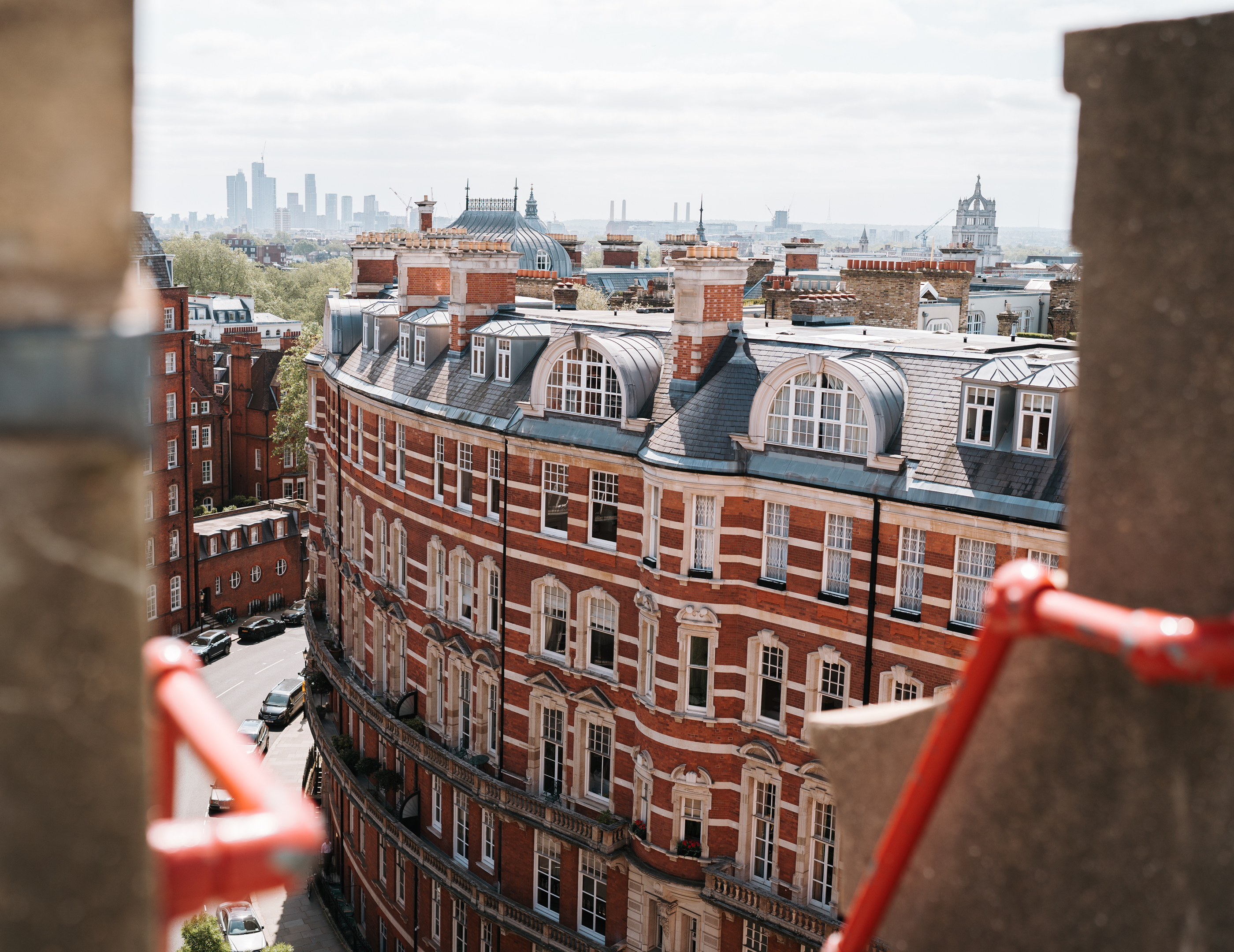
"I never want to leave. It’s such a cool place to be" Alexandra Revell MRICS, Royal Albert Hall
“The hall has been here for 150 years and will hopefully be here for another 150” Alexandra Revell MRICS, Royal Albert Hall
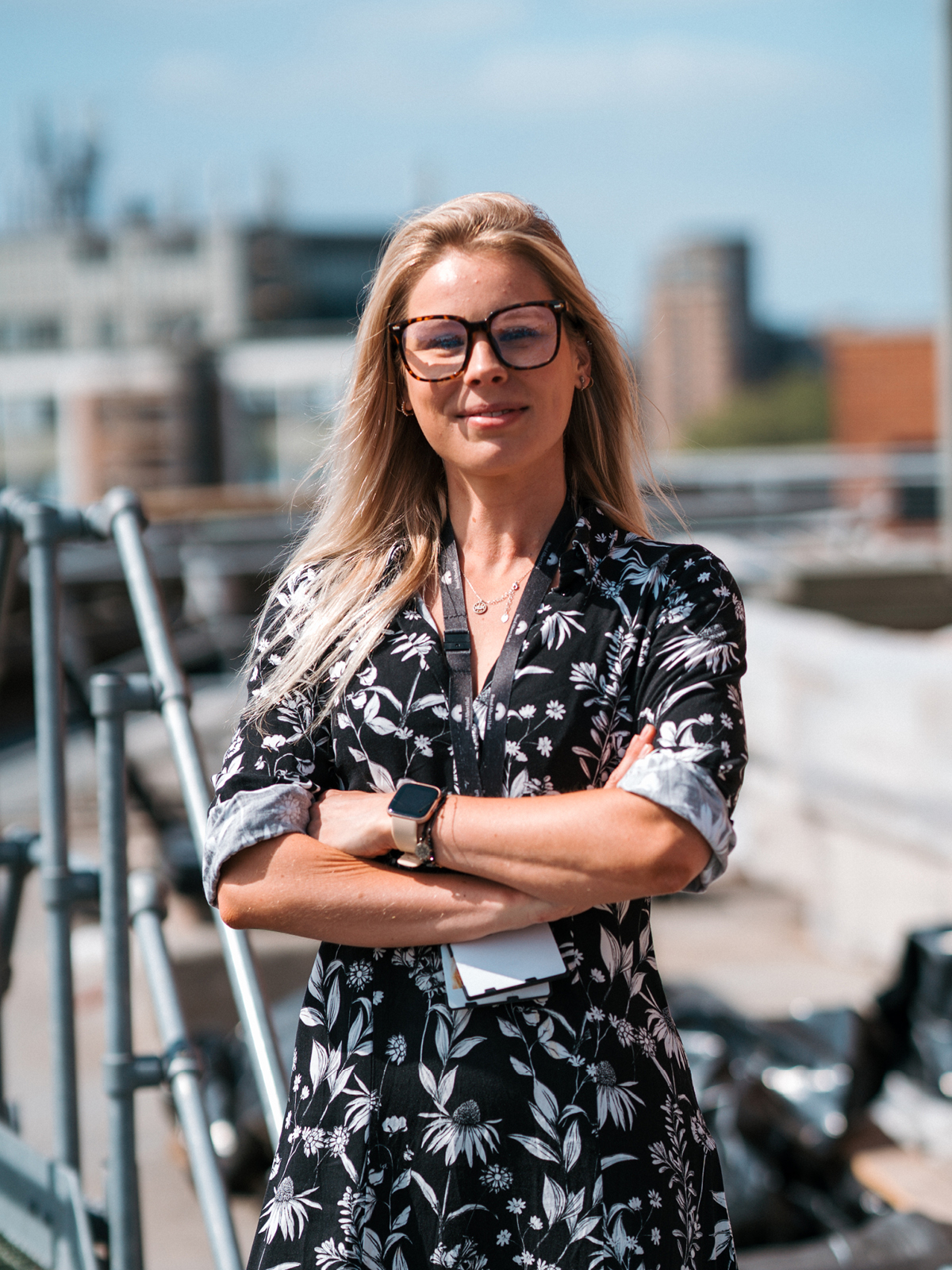
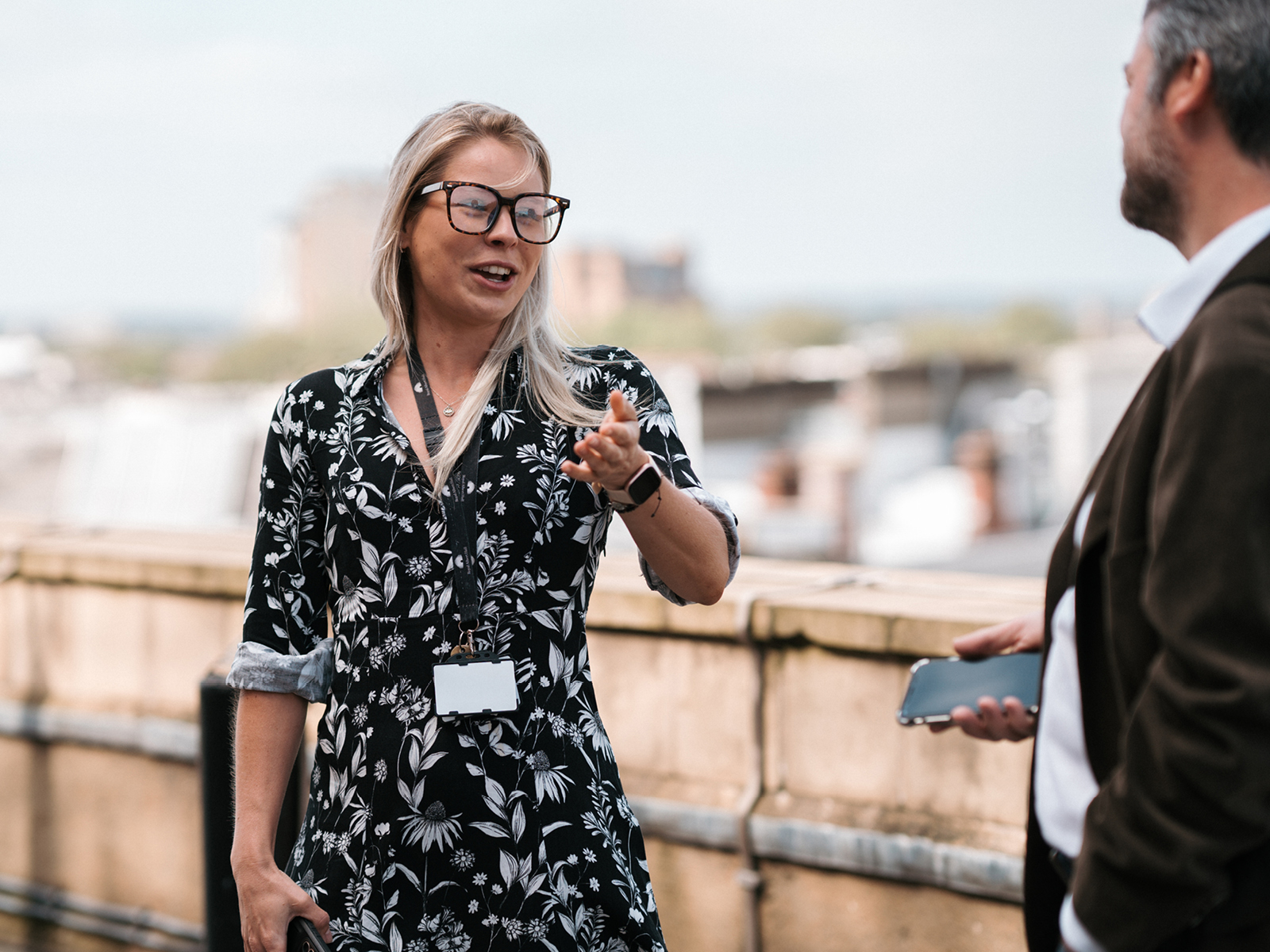
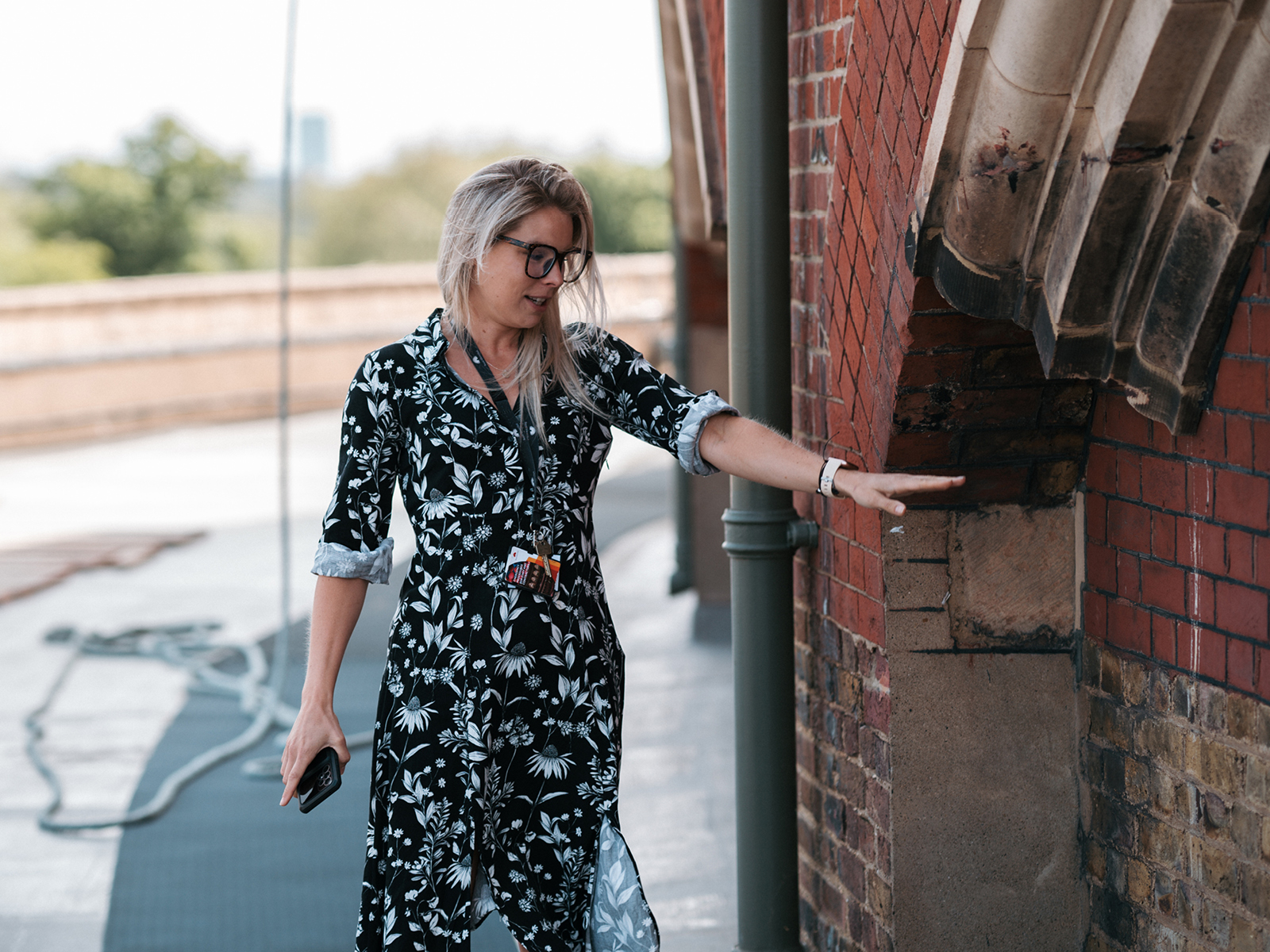
She is part of a four-strong projects team, with her colleagues specialising in areas including show-related projects, mechanical and electrical (M&E), and bars and restaurants. The rich history and unique design that makes the RAH such a treasured place also poses plenty of challenges. Her curving walls – the hall is a ‘she’ to those who work there – complicate every job, and there is a century and a half of accumulated works and adaptations, some of them problematic, to be uncovered and dealt with.
Revell’s most urgent task is overseeing the renovation of the building’s 2,000m2 domed glass roof, which had sprung hundreds of small leaks. Beneath the canopy are lots of yellow buckets to collect all the drips. “We are aiming to be bucket-less by October,” says Revell. “I feel like we should make a sculpture out of them.”
Wet weather has hampered the task, and as with every other major project at the RAH, it is complicated by the fact that the building is in near-constant use, with around 400 performances held in the main auditorium each year, as well as 1,000 further events in other parts of the building. “It’s a real balancing act. Our contractors are on the whole very understanding, and will try and accommodate us where they can,” says Revell.
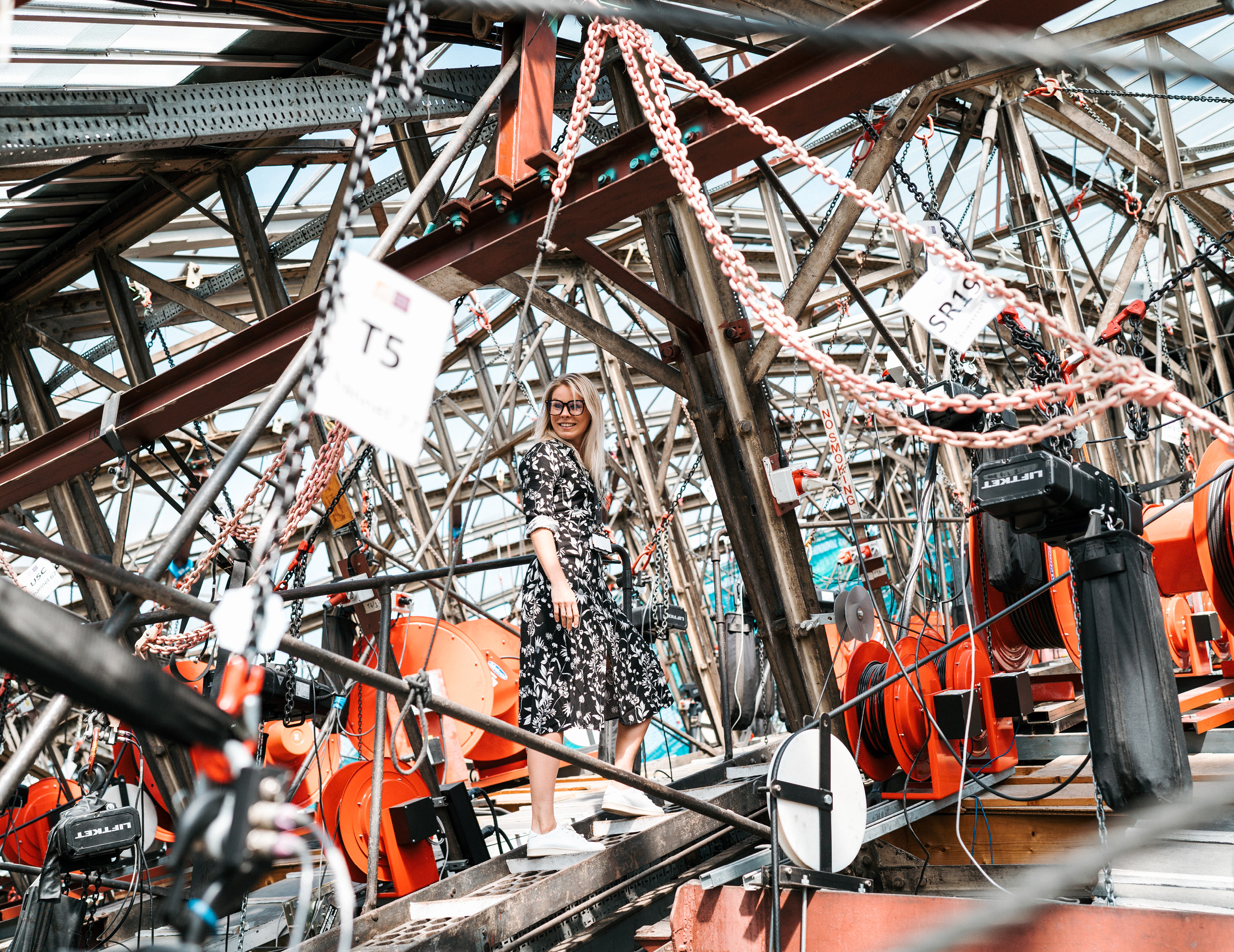
Inside the dome roof, with a glimpse of the many yellow buckets on the right
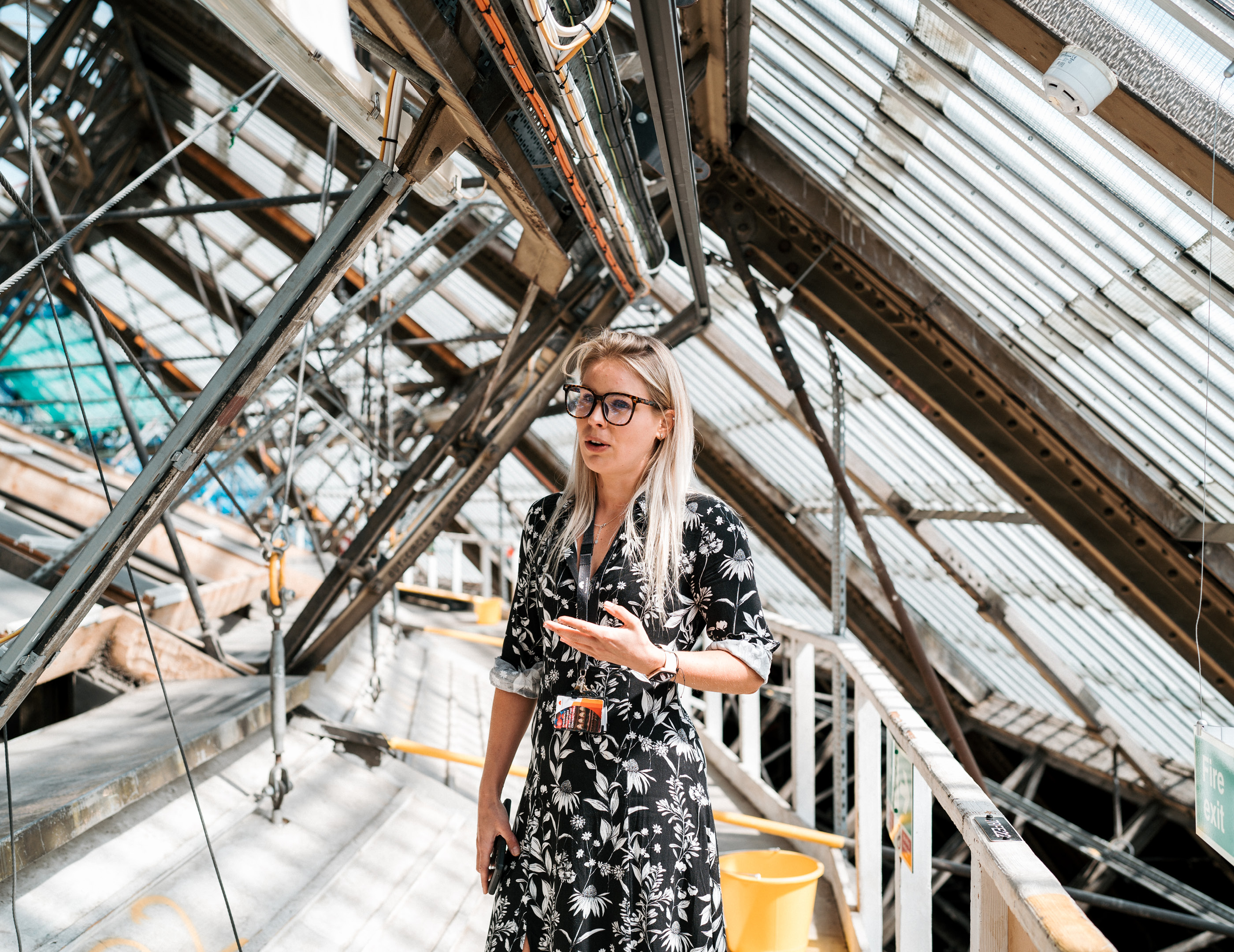
“We are very lucky that the consultants and contractors we work with all very much want to be here. We have been working with some of the architects and structural engineers for decades. That wealth of knowledge is irreplaceable.”
The forthcoming BBC Proms summer concerts pose a particular challenge, however. “There's a very noise-sensitive rehearsal process which starts at 9am, so the roof repairs are not going to be able to work alongside it.”
Once the roof is finished, the next big task will be to repair the RAH's plasterwork. Erecting scaffolding is not an option, so accessing plaster high up in the auditorium requires an innovative approach. A firm called Unusual Rigging is currently developing a “chariot”, a platform that will hang from the roof, allowing the plasterwork to be inspected so that a work package can be specified.
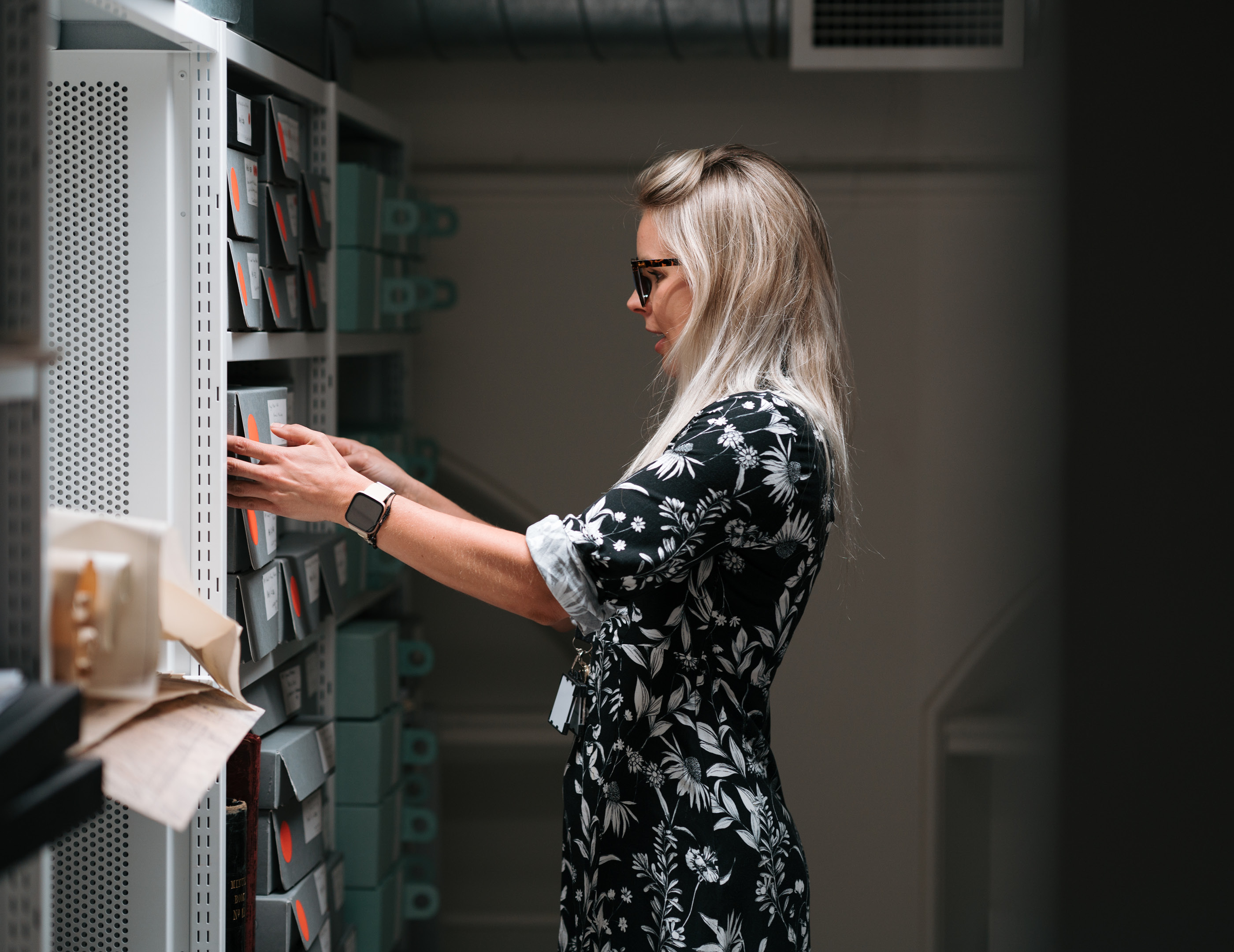
Looking through some of the documents available in the archive
“We have been working with some of the architects and structural engineers for decades. That wealth of knowledge is irreplaceable” Alexandra Revell MRICS, Royal Albert Hall
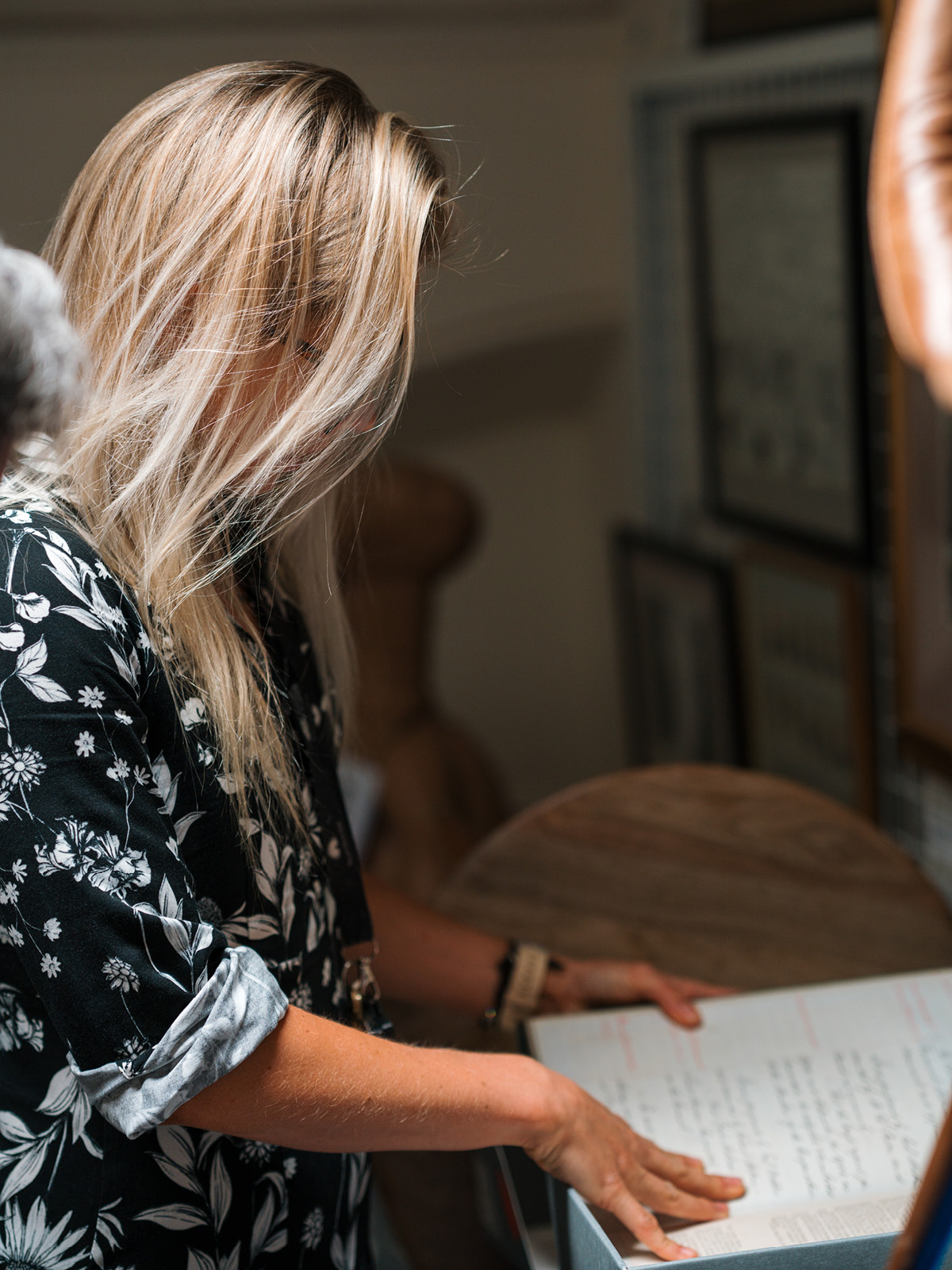
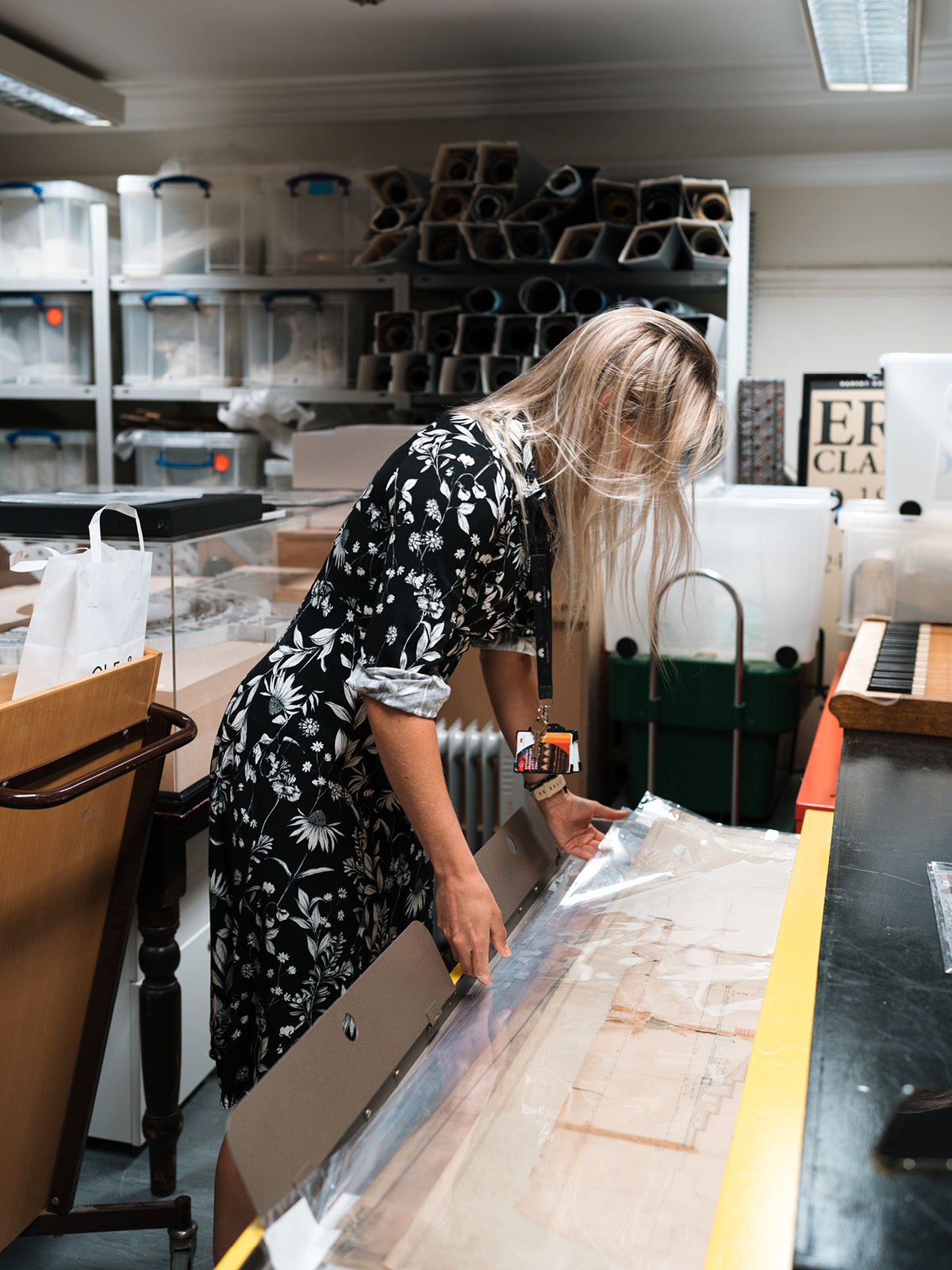
Other smaller-scale initiatives are taking place. A dressing room on the lower levels is undergoing conversion into an environmentally controlled archive space to house the store of plans, event programmes, meeting minutes and historical artefacts currently squirrelled away in rooms scattered throughout the maze-like back-of-house spaces.
Revell initiated a project to improve the building’s cramped toilet facilities, the most common cause for customer complaints, and an accessible toilet is now available on every level. However, a further £5m of work remains to be carried out. “Unfortunately, that isn’t a project that is very attractive to funders,” she explains ruefully. A more media-friendly scheme is ongoing to instal two pairs of statues: Queen Victoria and Prince Albert, and Queen Elizabeth II and Prince Philip, in bronze and Portland stone in niches outside the north and south entrances.
Revell admits that sometimes she gets “a bit grumpy” because everything she does creates noise and mess, and when a show goes on, work must stop. “You walk around thinking this needs fixing, or that is going to cost a fortune.” But the RAH always manages to lift her mood: “I will come and watch a show, and I'll see the building through other people's eyes: alive and filled with people who are happy to be here. And I remember why I want to work here.”
Clockwise: Alexandra sitting in the theatre; in the basement with custom wall art; outside the entrance where the statues of Queen Victoria and Prince Albert will be installed
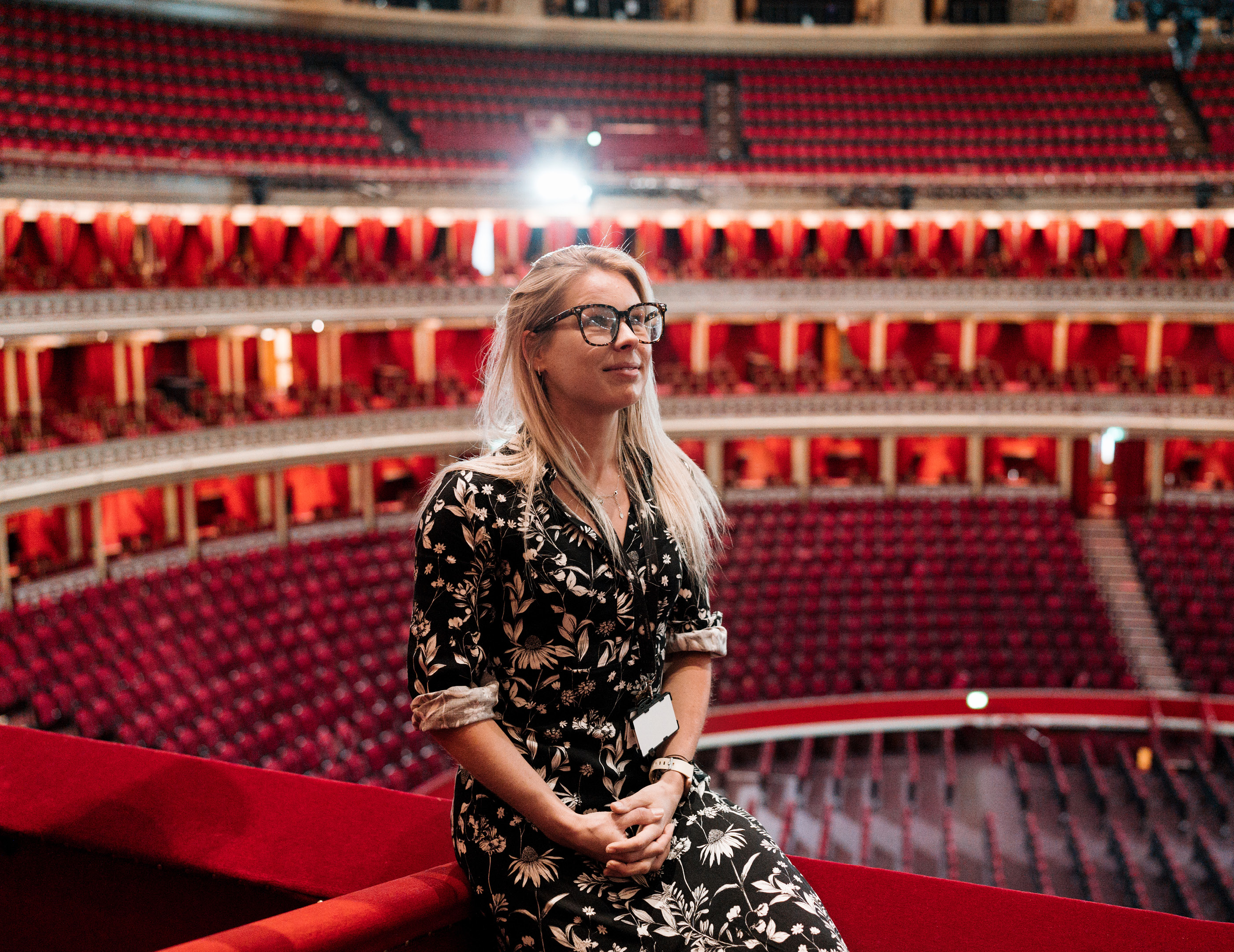
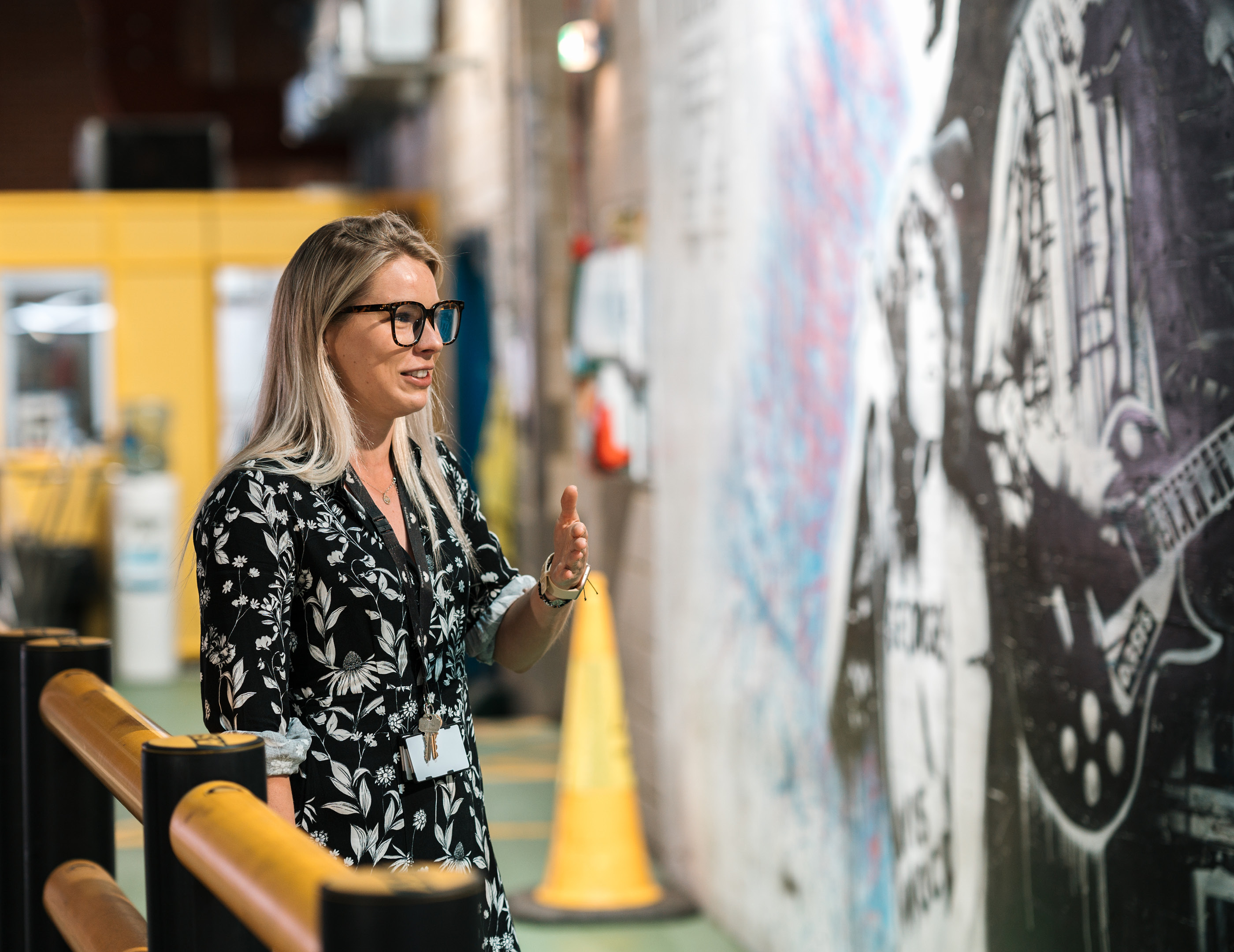
“Whenever I tell someone where I work, people will tell me about a brilliant concert they saw here” Alexandra Revell MRICS, Royal Albert Hall
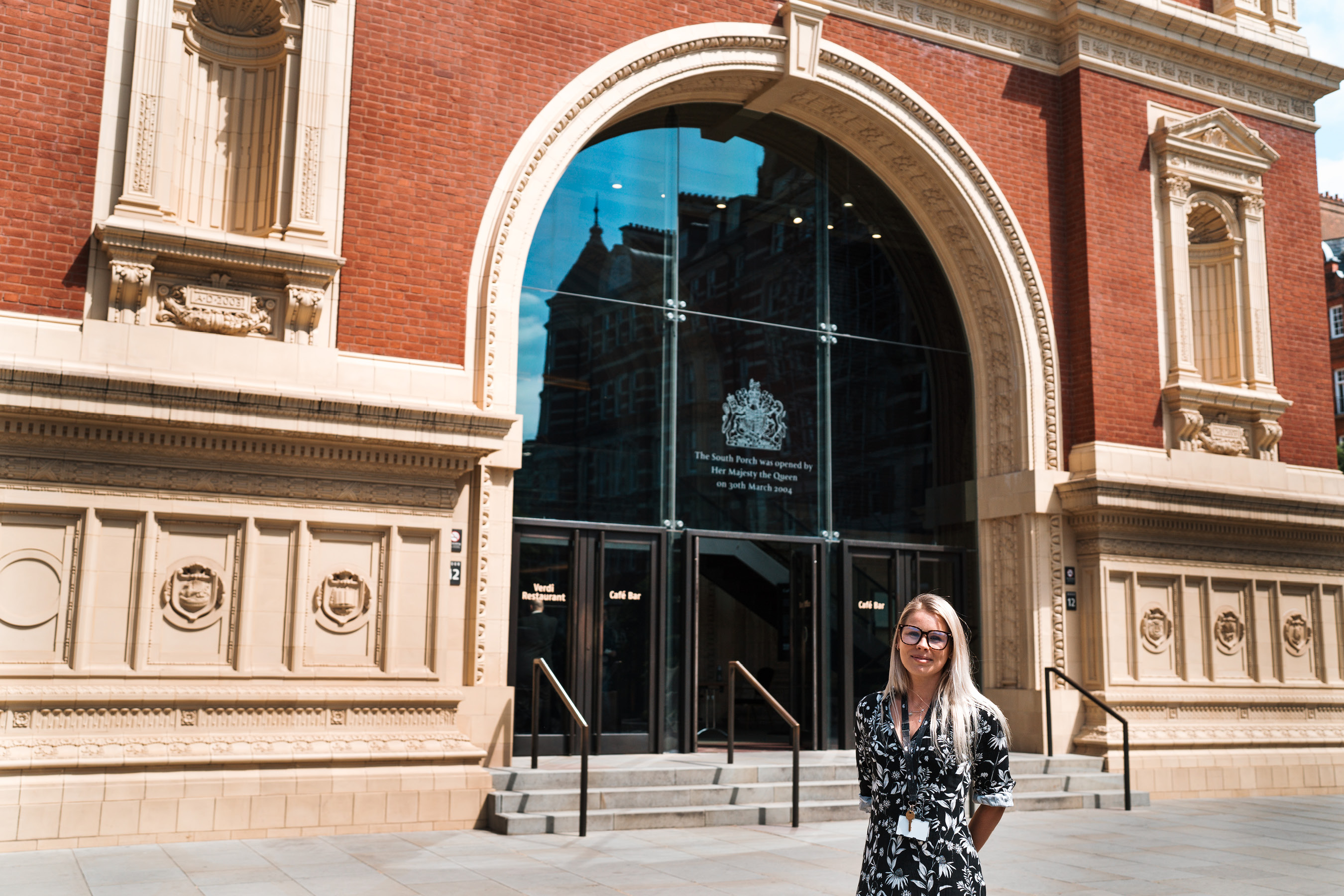
MODUS
Modus staff 25 April 2024
MODUS
Mark Williams 22 April 2024